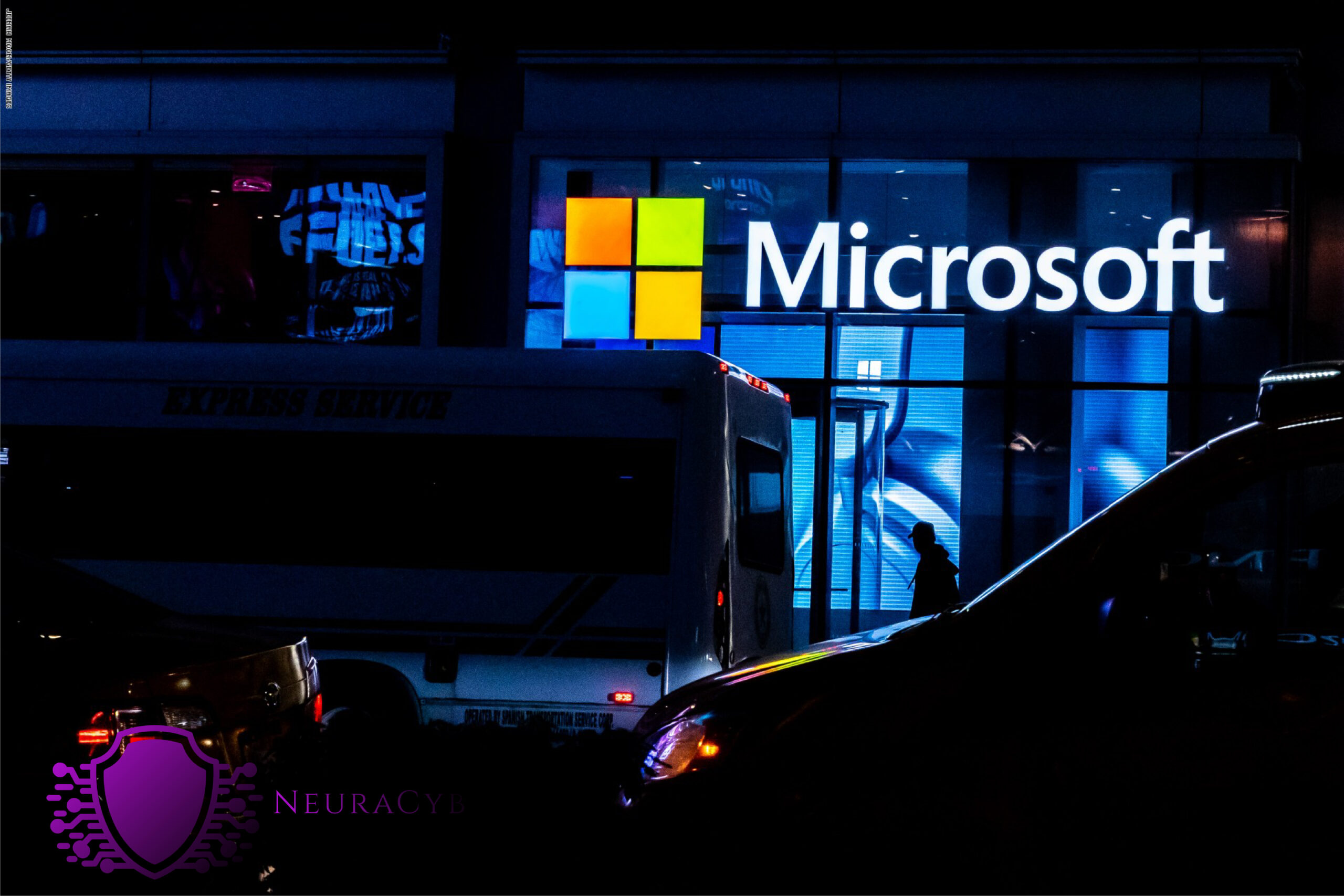Windows Downdate Attack: A Significant Vulnerability in Microsoft Windows Kernel
Introduction
Researchers have recently uncovered a significant vulnerability in the Microsoft Windows kernel, known as the “Windows Downdate” attack. This vulnerability allows hackers to downgrade critical components of the operating system to vulnerable versions. The discovery was made by SafeBreach Labs researcher Alon Leviev, who presented his findings at the Black Hat USA 2024 conference. The “Windows Downdate” attack has garnered attention due to its potential to undermine the security measures put in place by Microsoft over the years.

Exploiting the Windows Update Process
The attack exploits the Windows Update process. Hackers with administrative privileges can take control of this process, allowing them to replace system files with older, vulnerable versions. This bypasses security protections and enables the execution of arbitrary code. Despite multiple patches, the Windows Update takeover remains a threat. This process is critical for maintaining the integrity of Windows systems, and its compromise could have widespread consequences for individual users and organizations alike.
Understanding the intricacies of this vulnerability reveals the sophistication of modern cyber threats. As attackers become more adept at finding and exploiting such weaknesses, it highlights the need for continuous improvement and adaptation in cybersecurity measures. This particular vulnerability shows the importance of not only patching known issues but also anticipating potential future exploits.
Bypassing Virtualization-Based Security
Leviev demonstrated how this attack can bypass virtualization-based security (VBS). By modifying a few registry keys, attackers can disable VBS, even on systems where it is supposed to be locked by UEFI. This makes it possible to revert fully patched systems to older, vulnerable states. VBS is designed to provide an additional layer of security by isolating critical processes, and its compromise represents a significant step backward in system protection.
This ability to undermine VBS is particularly alarming because it affects the fundamental trust model of the system. Virtualization-based security is a cornerstone of many modern operating systems, providing a barrier against a wide range of attacks. Disabling it through registry modifications represents a novel and dangerous approach that requires immediate attention and mitigation.
Exploiting False File Immutability
The vulnerability exploits a flaw known as False File Immutability. Critical files on the system are supposed to be immutable, meaning they cannot be altered. However, Leviev found a way to alter these files during the reload process. This allows attackers to swap the verified catalog for a fake one, bypassing the Driver Signature Enforcement (DSE) feature. This process involves manipulating the way the operating system checks and validates critical files, effectively tricking it into accepting compromised components.
This flaw in file immutability raises concerns about the robustness of existing file protection mechanisms. Ensuring the immutability of critical files is a fundamental aspect of maintaining system integrity, and any weakness in this area could have far-reaching implications for security. Addressing this issue will require a comprehensive review of how file immutability is enforced and monitored in Windows systems.
Significant Implications
The implications of this vulnerability are significant. It means that even fully patched Windows systems can be compromised. Leviev’s tool, Windows Downdate, can downgrade critical OS components, such as DLLs and drivers, to expose previously fixed vulnerabilities. This makes it easier for attackers to deploy rootkits and other malicious software. The ability to revert systems to a less secure state undermines the very purpose of regular updates and patches.
For organizations that rely on Windows systems, this vulnerability represents a potential risk to their operations and data security. The ease with which attackers can exploit this weakness highlights the need for ongoing vigilance and proactive security measures. It also emphasizes the importance of adopting a multi-layered approach to cybersecurity, where no single line of defense is relied upon exclusively.
Microsoft’s Response and Mitigations
Microsoft has acknowledged the issue and released mitigations. However, the core problem of the Windows Update takeover remains unaddressed. Leviev’s research emphasizes the need for more robust security measures to protect against downgrade attacks. Microsoft’s response to this vulnerability will be closely watched by the cybersecurity community and will likely influence how similar issues are handled in the future.
The company’s ability to effectively address this issue will be a key test of its commitment to maintaining the security of its operating system. Ensuring that similar vulnerabilities are not exploited in the future will require a concerted effort to strengthen the overall security architecture of Windows.
Conclusion
In conclusion, the Windows Downdate attack poses a serious threat to the security of Windows systems. It emphasizes the importance of continuous vigilance and improvement in cybersecurity practices. As attackers become more sophisticated, so too must our defenses. The lessons learned from this vulnerability will be critical in shaping future security strategies and ensuring that systems remain resilient against emerging threats.
Addressing the underlying issues exposed by this attack will require a combination of technical solutions, process improvements, and ongoing collaboration between security researchers and technology companies. By staying ahead of potential vulnerabilities, we can work towards a more secure digital future.
You think you have a story worth everyone’s time? SUBMIT A STORY and we will publish it
Share this content:




Post Comment